How much of a compromise does a fashionable choreographer loved by all have to make with his paymasters? When he’s unfashionable, it’s only the Arts Council he has to please. When the world wants a piece of him, he has London’s Sadler’s Wells and the Roundhouse, Grenoble, Paris, Luxembourg, Montreal, Hong Kong, Taipei, Wolfsburg, Brighton, Amiens, Bruges, Amsterdam, Rheims and Leicester producers all tugging at his sleeve, offering support for the quasi-divine creation but wanting to get their spanner into the works somewhere.
In which light I take my hat off to Khan. A fortnight after seeing his Until The Lions at the Roundhouse, ground down at the time by pain and dulled by medicine, and fussing over every fault, I find myself now remembering and chewing over some of those sights and impressions. Sponsoritis can no doubt be blamed for the self-conscious artificiality of happy-clappy fusion musicians around the stage. The Roundhouse is a pretty dangerous place to put dance in. The proximity of our faces all around the little circular arena, reading the programme, checking our phones, has nothing like the antique intensity of illiterate villagers gathered to hear the travelling storytellers in the street.
But there were gorgeous, visionary sights such as only Akram can do. A scampering animal spirit, a world split and riven by fire and danger, a woman going up in flames, a stern, lamentational love duet of might-have-been, and everywhere, glistening, the tiny kathak-specific foot- and fingerwork of his background. Tim Yip (who designed the awesome DESH for Khan) has created a fantastic huge stump of an ancient ringed tree, split and unstable, its sections heaving with subterranean gusts and fires produced by lighting wizard Michael Hulls.
The hub of great theatre choreography is to envisage what imaginings certain combinations of movement, picture and sound will produce in the spectator. The 13-year-old Khan was chosen by Peter Brook to play the boy who hears the story in his famed Mahabharata staging, to be the audience, and I suppose that child’s experience of beholding is what rubbed off on me — the feeling that while the story did not have to be comprehensible at first telling, it had ideas and episodes so telling that in time they would emerge as the story.
The tale focuses on the revenge of the underdogs in the Mahabharata, the women. Amba, abducted by the desirable but celibate Bheeshma for his brother, is rejected by her true love, who takes the still current male attitude that his sexual property is now defiled. Interestingly, Amba decides it’s Bheeshma who should pay for the wrong, rather than the antediluvian boyfriend, and sets herself on fire in order to be reborn as a warrior alter ego who shall kill Bheeshma. Of course, their final battle is one of love, too, and the world itself is shaken by the war.
If this sounds a bit Tolkieny, why not? So is Wagner’s Ring cycle. The imagery here explodes from tightly compressed visions. Khan choreographs sweet, wronged Amba with windblown fragility, exploiting the contrast between dancer Ching-Ying Chien’s long heavy black hair and her tiny, papery hands. When she immolates herself, it’s choreographed in a boiling stillness, unlike the ferocious shaking with which Khan sent himself up in flames in Gnosis, his 2010 production also based on Mahabharata mythology.
It struck me watching Christine Joy Ritter prowling alertly on all fours as Amba’s spirit self Shikhandi that (a) you almost never see a choreographer make dancers impersonate animal movements for serious reasons, and (b) it is disturbing. She and Chien incarnate mythic rather than emotionally familiar properties, while Khan as Bheeshma exudes hot temper and regret.
And while we’re saying loud goodbyes to great ballet dancers, Khan, now 41, who has announced he is to retire in 2018, is also irreplaceable in my memory, so uplifting and strange is his power in spins and foot-speed, and so magnetic his self-awareness as a performer.
Khan shares with Mikhail Baryshnikov a quality of the miraculous: Baryshnikov, the Russian who made the impossible look normal, to whom Frederick Ashton paid tribute in his breathtaking ballet Rhapsody, currently at the Royal Ballet. Set to Rachmaninov’s smoochy piano concertante, the Rhapsody on a Theme of Paganini, its immense technical detailing is not enough on its own; it requires an ironic devilry, which eluded the sobersided youngster James Hay in the first cast, but Steven McRae’s narcissistic tendencies work wonderfully here.
The two ballerinas cast — both of them staggering but unfinished talents — offer a fascinating snapshot of home-grown styling v. bought-in. In Francesca Hayward the Royal Ballet has a potentially miraculous asset, but Rhapsody showed that she isn’t yet as precise or fast of foot as Ashton needs. Hayward is still a Clara waiting to become a Sugar Plum Fairy. Whereas Natalia Osipova, the Russian self-starter, is a natural skitterer, a dazzling stage creature, and makes the choreography hers. Who cares about the risks, she seems to quip, as she darts delightedly around the stage.
Got something to add? Join the discussion and comment below.
Get 10 issues for just $10
Subscribe to The Spectator Australia today for the next 10 magazine issues, plus full online access, for just $10.

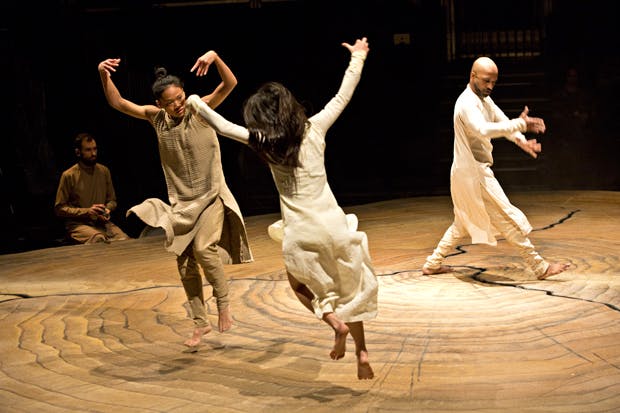
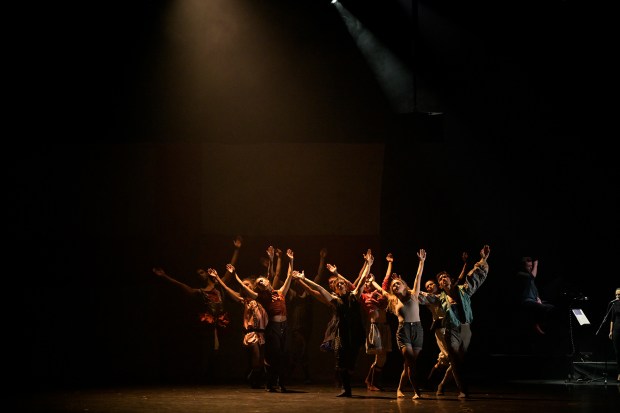
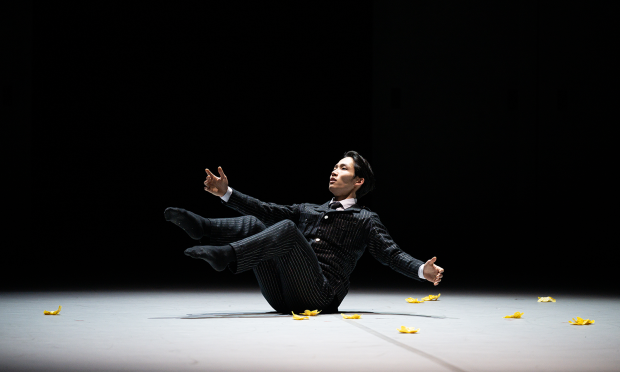
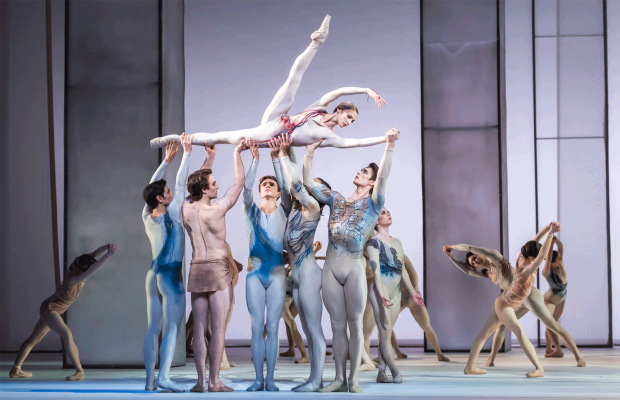

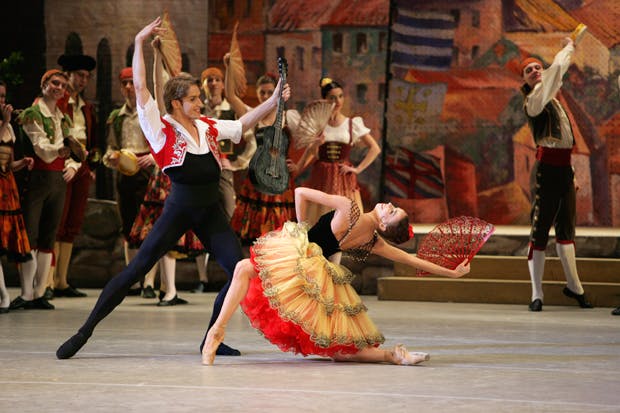
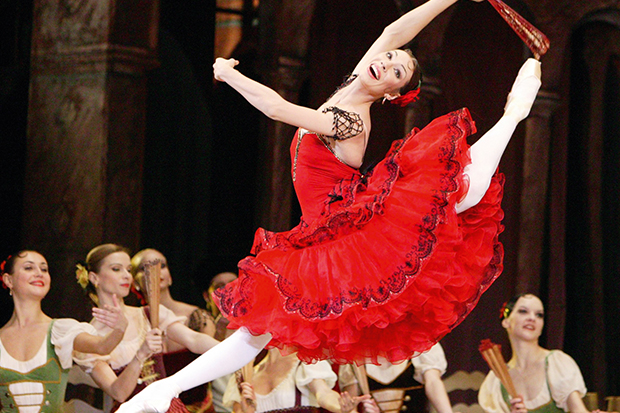






Comments
Don't miss out
Join the conversation with other Spectator Australia readers. Subscribe to leave a comment.
SUBSCRIBEAlready a subscriber? Log in